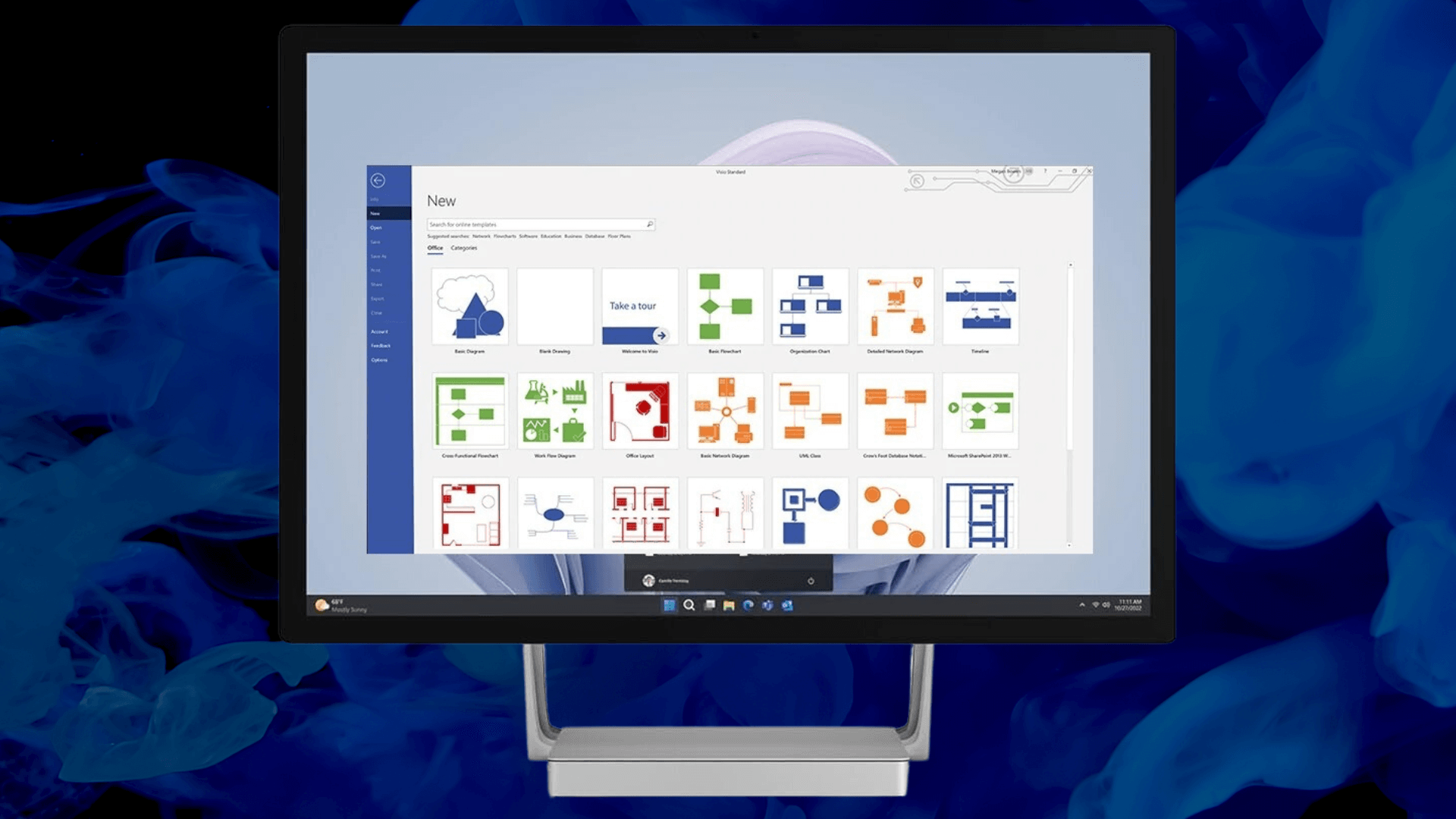
How long do you have to pay taxes?
Here’s the simple version. Most people need to file and pay by April 15. From there, the rules shift a little based on your situation. Use the path that fits you, then keep going for what to do if you’re late or can’t pay everything right now.
Start here
Which one sounds like you?
-
I’m a W-2 employee
-
I’m self-employed
-
I’m a farmer or fisherman
-
I’m filing for an estate or trust
-
I’m outside the U.S. on Tax Day
-
I missed the deadline
-
I can’t pay in full
Pick your path and dive in.
If you’re a W-2 employee
Your deadline is April 15. You can ask for more time to file until October 15, but your payment is still due April 15. If you expect to owe, send an estimated payment with your extension so you avoid extra costs.
Do this
-
File by April 15 or request an extension.
-
Pay any tax due by April 15.
If you’re self-employed
No one is withholding for you, so you usually make quarterly estimated payments.
Tax year 2024 estimated dates
-
April 15
-
June 17
-
September 16
-
January 15, 2025
Use Form 1040-ES to estimate. You can pay anytime before each date as long as the total for that quarter is in by the deadline.
Do this
-
Save those four dates.
-
Pay each quarter’s estimate on time.
-
File by April 15 or extend to October 15. Payment still due April 15.
If you’re a farmer or fisherman
If at least two thirds of your income is from farming or fishing, choose one:
-
Pay all your estimated tax by January 15, or
-
File your return and pay everything by March 1
Use Form 2210-F to check if you paid enough. If not, attach it to your return.
Do this
Pick the option that fits your cash flow and hit that date.
If you’re filing for an estate or trust
-
Calendar year filers are due April 15.
-
Fiscal year filers are due on the 15th day of the fourth month after the taxable year ends.
Bankruptcy estates generally follow the same idea.
Do this
Confirm calendar vs fiscal year, then set the right due date.
If you’re outside the U.S. on April 15
You get until June 17 to file and pay if you’re living or traveling outside the U.S. on April 15. You can ask for more time to file through December 16 by writing to the IRS, but you should still pay by June 17 to avoid penalties.
Do this
-
File and pay by June 17.
-
If you need more time to file, request it in writing and still pay by June 17.
If you missed the deadline
It happens. File as soon as you can. Costs grow the longer you wait.
-
You can only request a filing extension by April 15. After that, just file.
-
If you can’t pay in full, send what you can now to cut penalties, then set up a payment plan.
Do this
-
File immediately.
-
Pay something today, even if it’s not everything.
-
Apply for a payment plan for the rest.
If you can’t pay in full
The IRS offers installment agreements.
-
If you owe $50,000 or less, you can usually apply online.
-
Otherwise use Form 9465. You’ll choose a monthly amount and a payment method. You can even do payroll deduction with Form 2159.
Do this
-
Apply online or submit Form 9465.
-
Make the first payment on time to keep the plan in good standing.
Smart ways to pay
-
Use savings or cash if you have it.
-
Be careful with credit cards. High interest can cost more than IRS penalties.
-
Avoid dipping into retirement accounts if you can. Early withdrawals may be penalized and taxed next year.
What happens if you don’t pay
-
Penalty is usually 0.5% per month of the unpaid tax, up to 25%.
-
Interest is the federal short-term rate plus 3%, compounded daily. The longer you wait, the more it adds up.
-
The IRS can garnish wages or place liens, but that’s uncommon if you file and work with them.
Best move
File on time, pay what you can, and set up a plan for the rest. That keeps costs down and stress low.
Quick form cheat sheet
-
Extension to file: Form 4868
-
Estimated tax for individuals: Form 1040-ES
-
Farmers and fishers underpayment check: Form 2210-F
-
Installment agreement request: Form 9465
-
Payroll deduction for installment plans: Form 2159
Bottom line
Most people file and pay by April 15. If you need more time to file, you can extend it to October 15, but your payment is still due on April 15. And if money is tight, that’s okay. Set up a payment plan, make a start, and keep moving forward. You’ve got this.



